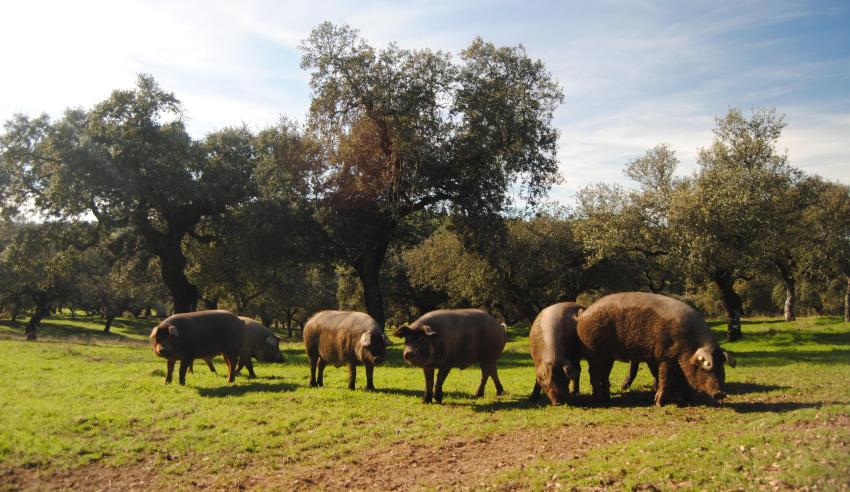Jamón
Cured ham

Aside from paella, jamón is probably the most emblematic Spanish food and it pays to know a little about it before you sample it. The key difference to be aware of is between jamón serrano - cured ham made from white pigs which make up around 90% of production - and the more exclusive jamón ibérico - cured ham from the smaller black Iberian pigs which live in Extremadura, Salamanca and Andalucia.
Pata negra is the name given to jamón ibérico from pure-bred Iberian pigs, while paletilla is ham from the front rather than hind leg of a pig. Jamón de Jabugo is now used as catch-all phrase for jamón ibérico, but it originates from the renowned hams produced in the village of Jabugo in the province of Huelva.

The most prized - and most expensive - ham of all is jamón ibérico de bellota which comes from free-roaming black pigs fed on a diet of acorns (bellotas). These hams are cured for between 24 and 48 months, have a lower fat content, a more complex taste and almost melt in the mouth when eaten. They can command prices as high as €160 per kilo.